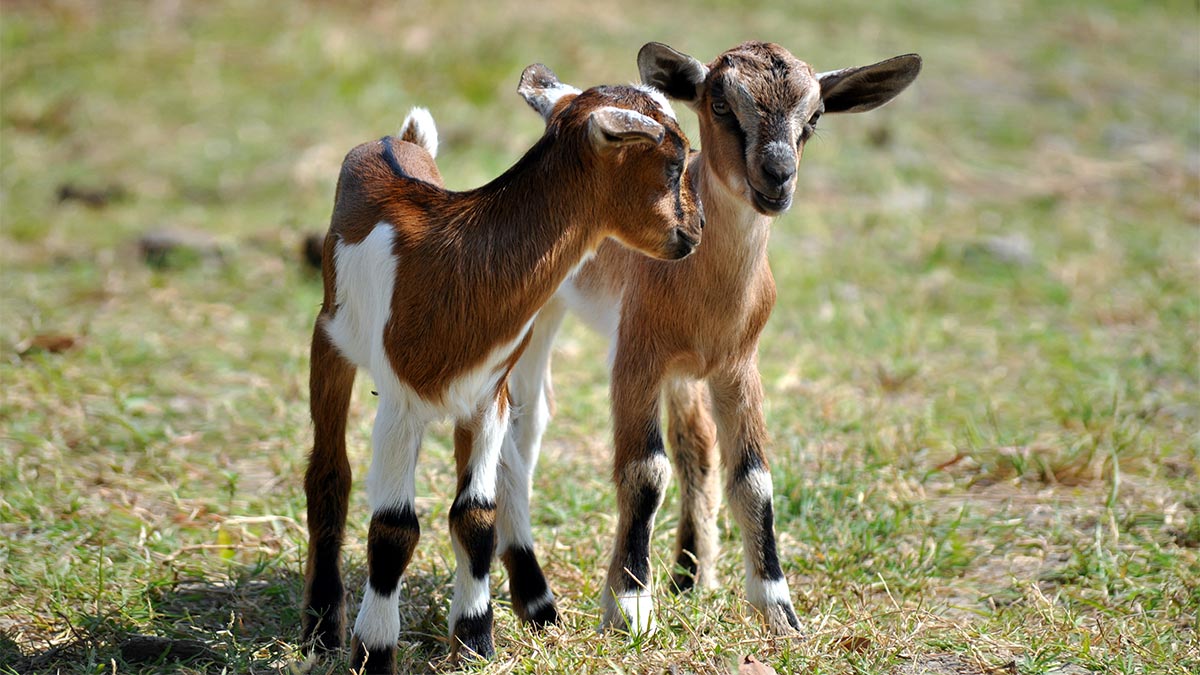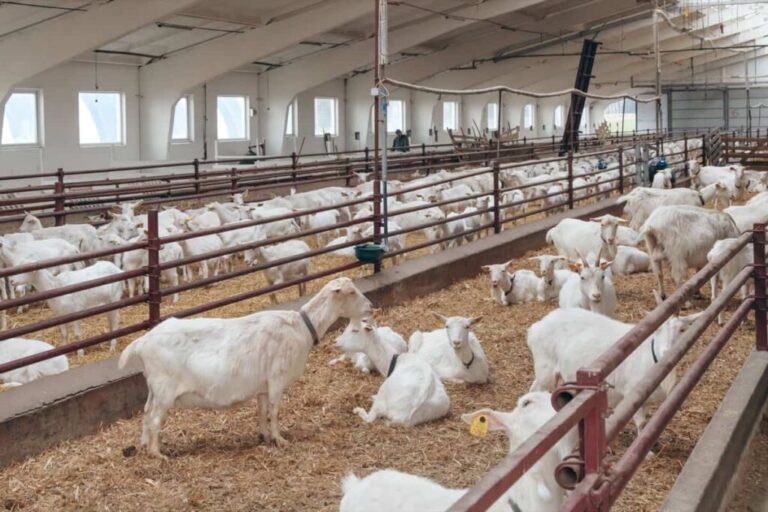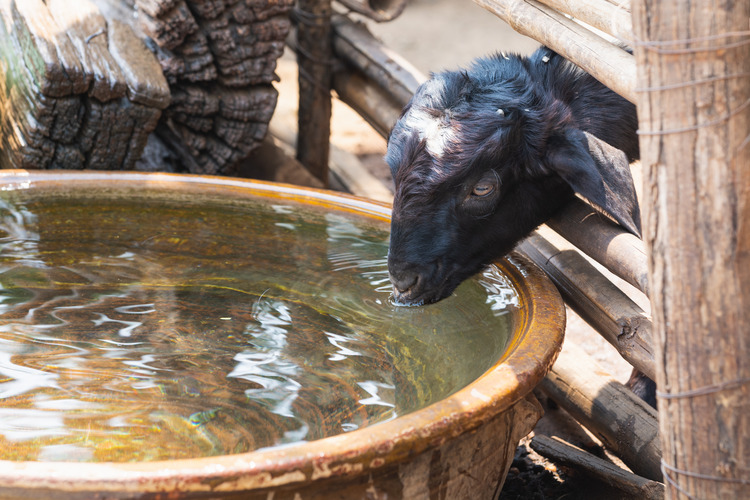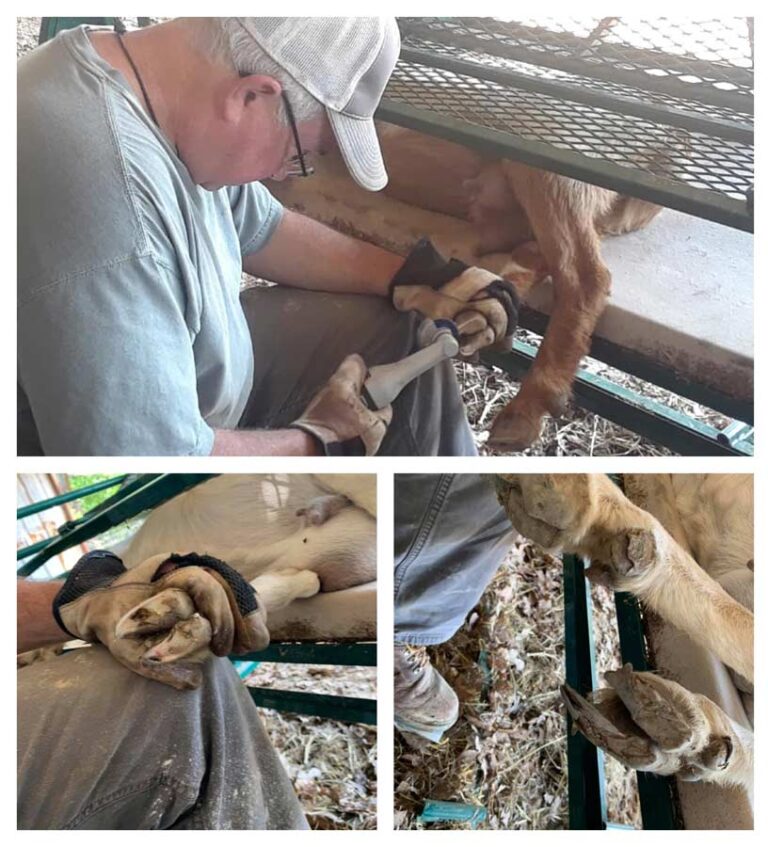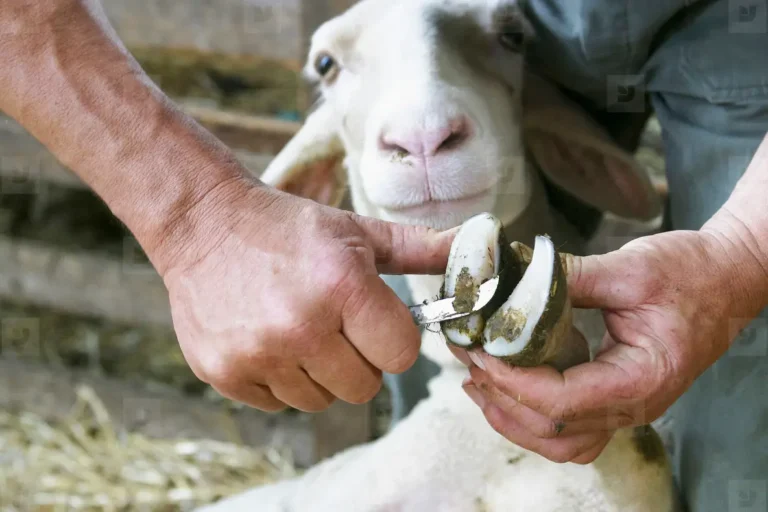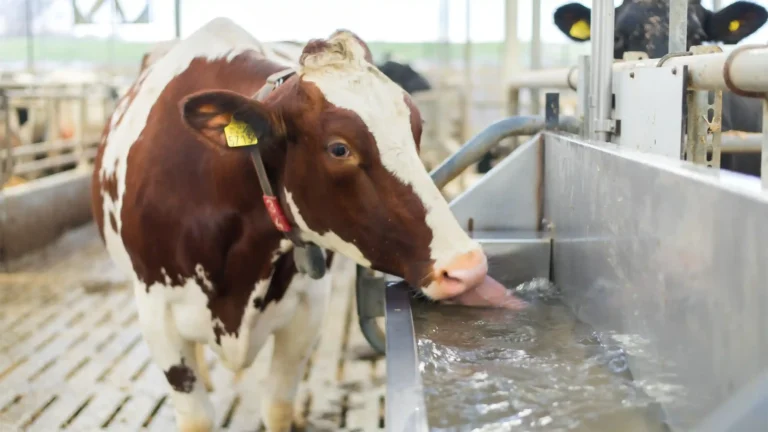Kidding season is one of the most rewarding and demanding times in goat farming. Proper kidding management is crucial for ensuring safe births, healthy kids, and strong does.
This guide offers a clear, step-by-step breakdown of how to prepare for labor and delivery, what signs to watch for, and how to respond if complications arise.
When to Expect Kidding
Goats typically give birth around 150 days (5 months) after mating. However, the kidding window may fall anywhere between 145 and 155 days, depending on breed, litter size, and individual doe health.
If you’ve tracked breeding dates accurately, you can begin preparing as early as two weeks before the due date. This is when the final phase of care becomes critical; not just for the kids, but for the safety and comfort of the doe.
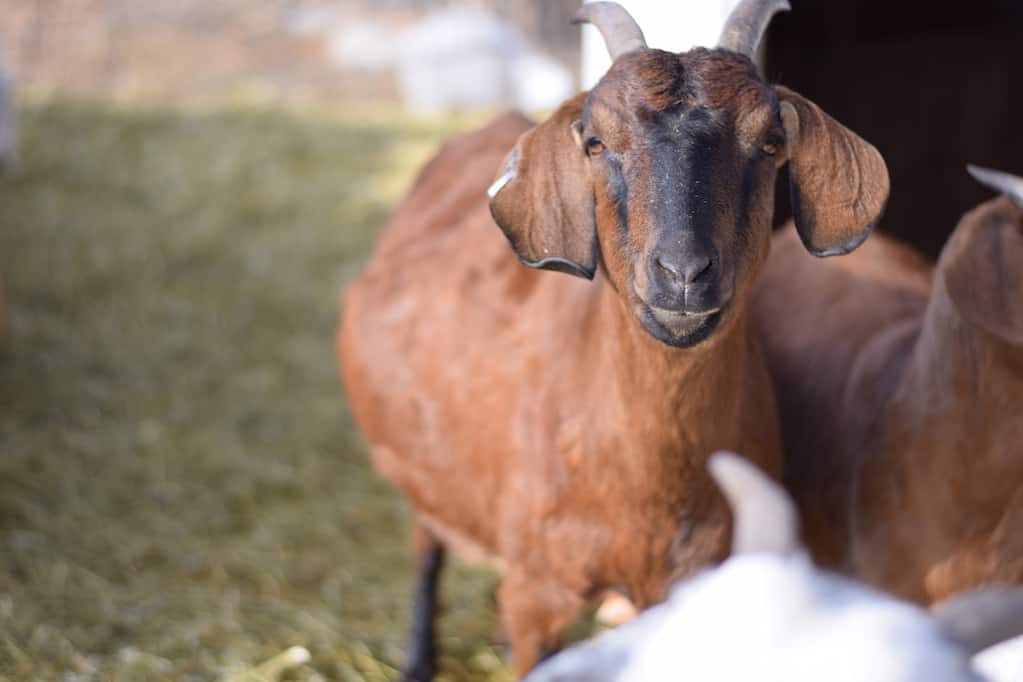
Step 1: Prepare a Clean, Comfortable Kidding Area
As the expected date approaches, set up a designated kidding pen or stall. This area should be:
- Dry, well-bedded with straw or wood shavings
- Draft-free but well-ventilated
- Easy to monitor without disturbing the doe
- Equipped with clean water and light feeding options
Does should be moved into the kidding area 3–5 days before delivery, especially if you’re managing a herd. Early relocation gives them time to settle and bond with the space.
Step 2: Assemble Your Kidding Kit
Being well-equipped can make the difference between a smooth birth and an emergency. Your kidding kit should include:
- Clean towels or cloths for drying kids
- Disposable gloves
- 5% iodine or chlorhexidine for navel dipping
- A suction bulb for clearing mucus from the kid’s nose and mouth
- Molasses or warm water with electrolytes for post-kidding recovery
- Clean scissors (sterilized), lubricant, and mild antiseptic
- Feeding bottle or syringe (for weak or rejected kids)
- Notebook or phone to record time of birth, sex, and any observations
Keep this kit within reach during late pregnancy and labor periods.
Step 3: Recognize the Signs of Imminent Labor
Most does will show signs of labor 12 to 24 hours before delivery. These include:
- Swollen vulva with clear or cloudy discharge
- Udder full and tight (“bagging up”)
- Loosening of the ligaments near the tailhead
- Nervous behavior, such as pacing, pawing, or vocalizing
- Frequent urination and lying down then standing up again
- Nesting behavior; scratching at bedding or isolating herself
These signs usually precede Stage 1 labor, which involves cervical dilation and uterine contractions. This phase may last up to 12 hours, especially in first-time does.
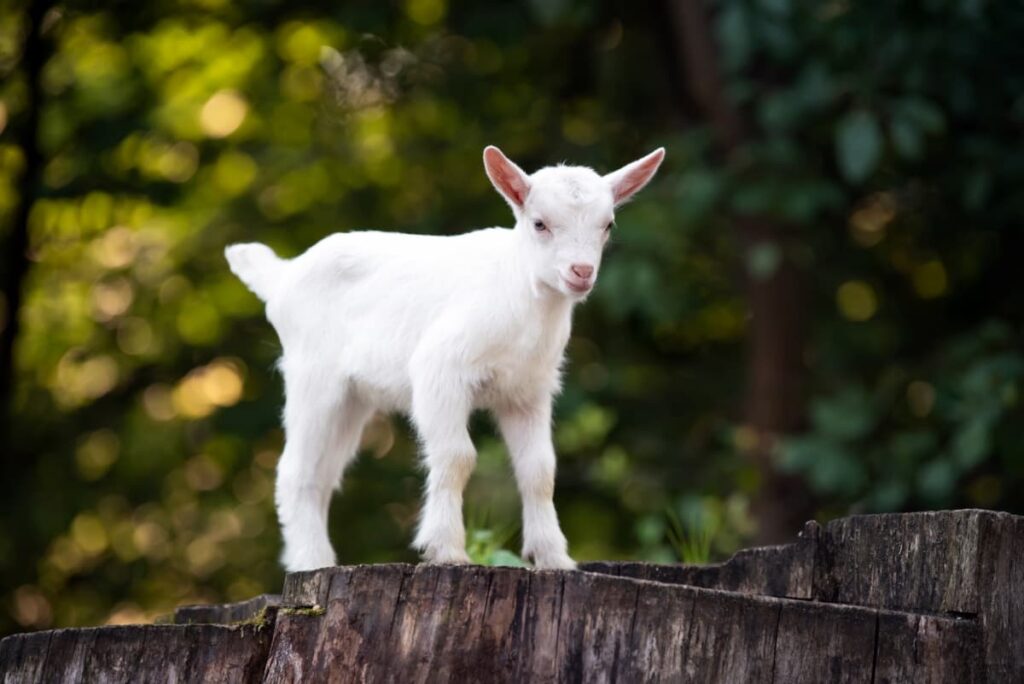
Step 4: Kidding Process
Kidding occurs in three stages:
Stage 1: Cervical Dilation
- Doe appears restless and uncomfortable
- May show intermittent contractions
- Duration: several hours, especially for first-time mothers
Stage 2: Delivery of Kids
- Active pushing begins, and amniotic sac may appear
- Kid should emerge front feet first with the nose resting between them
- Each kid is typically delivered within 30–60 minutes of active labor
- Twins and triplets often come 10–20 minutes apart
If the doe pushes for more than 30 minutes without progress, assistance may be needed.
Stage 3: Expulsion of Placenta
- Usually occurs within 1–2 hours after the last kid
- If not expelled within 6 hours, or if she has fever/discharge, consult a vet
Step 5: Assisting When Necessary
In most cases, goats kid without problems. However, be ready to intervene only when absolutely necessary, such as:
- No kid appears after 30–45 minutes of strong pushing
- Only a head or single leg is visible
- Kid is stuck or improperly positioned
- The doe appears exhausted or stops pushing before delivery is complete
If you must assist:
- Wear gloves, trim your fingernails, and lubricate well
- Gently reposition the kid into the correct posture (two feet and head first)
- Never pull forcefully; work with the contractions
- If in doubt, call a vet or experienced farmer rather than forcing delivery
Step 6: Immediate Post-Kidding Care
Once the kid is out:
- Clear mucus from its nose and mouth
- Rub it with a towel to stimulate breathing
- Dip the umbilical cord in iodine to prevent infection
- Ensure the kid stands and suckles colostrum within 30–60 minutes
- Offer the doe warm molasses water or light feed
- Remove afterbirth and soiled bedding to keep the area clean
Monitor the doe’s udder and general behavior. If she refuses to nurse, seems unwell, or if the kid appears weak, act quickly.
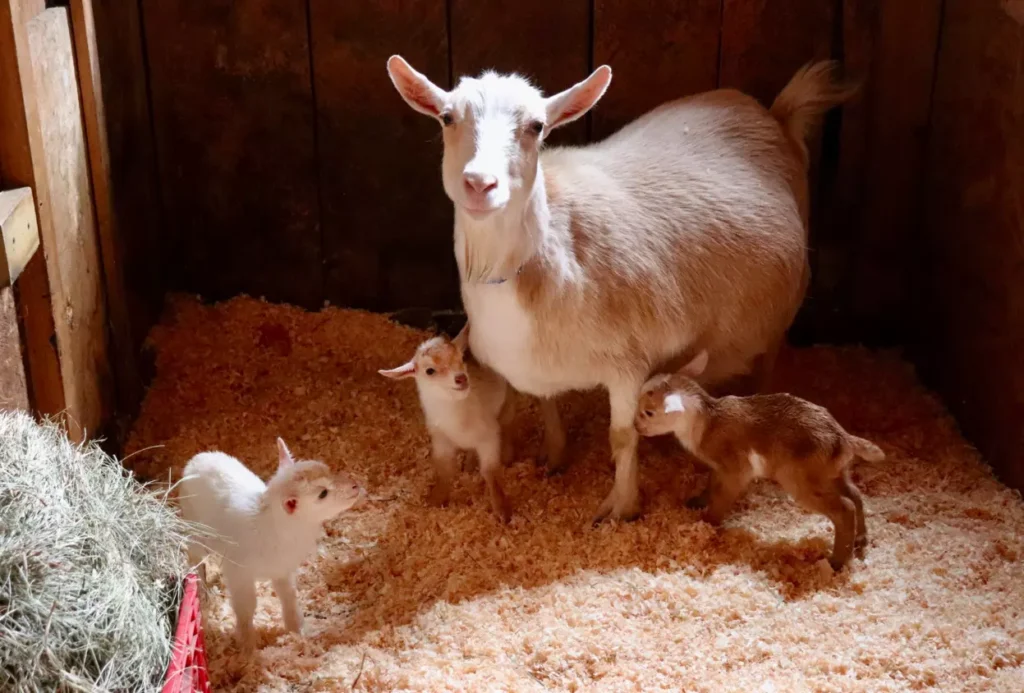
Step 7: Keep Records and Observe Closely
After each kidding:
- Record date, number of kids, sex, and any complications
- Note the doe’s appetite, udder health, and behavior
- Observe kids for signs of weakness, failure to nurse, or diarrhea
Timely follow-up supports early intervention if needed.
Wrapping Up
Kidding is a natural process, but even experienced does can run into trouble. As a goat farmer, your job is to create the conditions for a safe, low-stress birth, and to be prepared when things don’t go smoothly.
A quiet pen, a well-prepped kidding kit, and the confidence to act or seek help go a long way in ensuring your herd stays healthy and productive.
Related:

